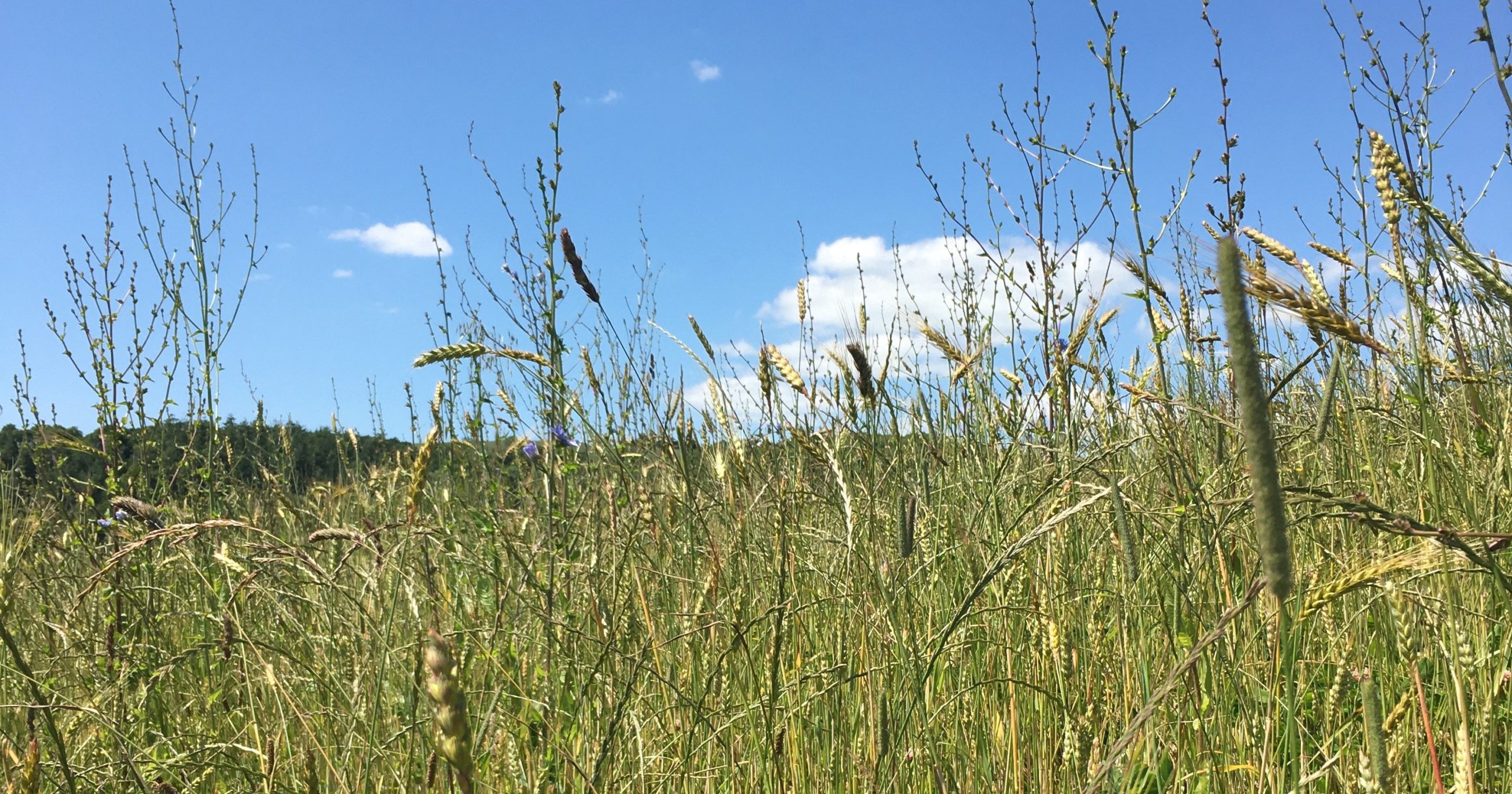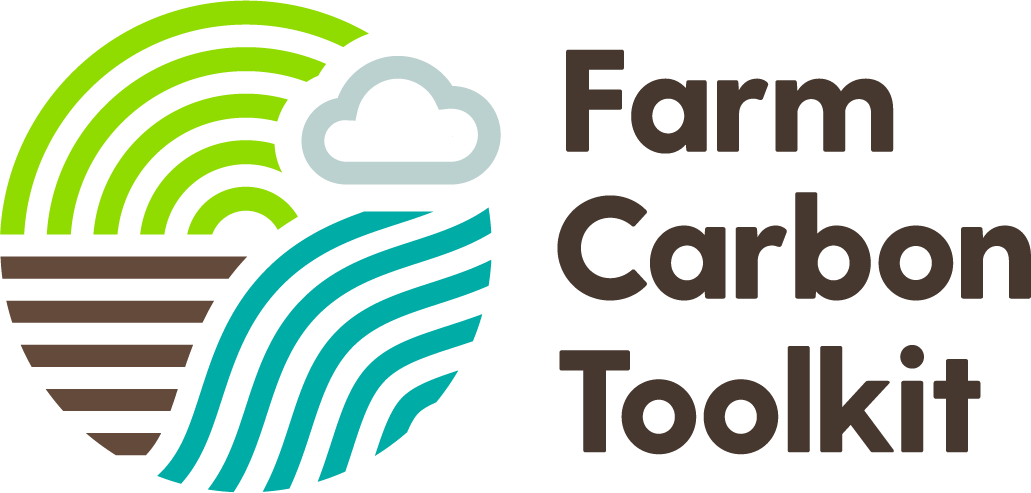
Written by Hannah Jones, Research Manager at FCT, as part of the demo farm trials happening in our Farm Net Zero (FNZ) project.
Overview
Recommended cereal varieties are bred to look identical; the genes between individual plants have only minor levels of variation. The regulations around breeding and the sale of seed ensure consistency as well as ensuring different varieties are unique and suitable for the use (or group) stated.
Wheat, barley, and oats mainly self-pollinate which results in offspring being highly similar to the parent plant. Rye is a bit different; it is cross pollinated. Thus, a field of rye is in fact a population of rye where very plant is considerably different from its neighbour in terms of genes and sometimes in appearance.
Landraces
Seed that has been saved by communities of farmers within one particular region are called landraces. These landraces were locally adapted to specific conditions including soil type, local pests and diseases as well as management such as type of seed bed preparation. In landraces, since each plant is genetically different, the plants best suited to a given climate produced more seed. If the seed is saved and resown, the best adapted plants take up a greater proportion of the subsequent generation.
Evolutionary breeding
Over many generations, successive seed saving and resowing results in adaptation of a crop population, and thus this is called evolutionary breeding or population wheat (or barley). Evolutionary breeding can take place by default with landraces, or a population can be created.
Composite cross populations
The creation of a crop population involves cross pollinating a range of varieties that have interesting characteristics. This cross pollination needs to be done by a plant breeder. One such composite cross population was created from 20 varieties which had either good yielding or quality characteristics: the “YQ population” and was carried out by a team at The Organic Research Centre and John Innes Centre in early 2000 led by Martin Wolfe. The rules for selling grain have been designed according to the standard rules of uniformity of crop. Recent changes in regulations have now allowed the sale of population wheat if there is certified traceability.
Built-in resilience
The physical and genetic diversity within a population can increase the crop resilience to extremes in stress. Crop populations generally perform above the average of the original varieties. For example, if a particular race of a plant disease dominates in one year there will be some plants that have resistance; there will be some yield despite high disease pressure. Alternatively, deeper rooting will ensure under drought conditions there will be some plants that yield grain, whereas the shallow-rooters may be sterile.
Tim Williams (pictured below) at Erth Barton (one of our FNZ demo farmers) is trialling population wheat with his pasture cropping. The wheat has the potential to adapt to local conditions as well as being sown into an existing sward. To follow updates on our Farm Net Zero trials and hear more news, sign up to the FNZ newsletter here.



Recent Comments